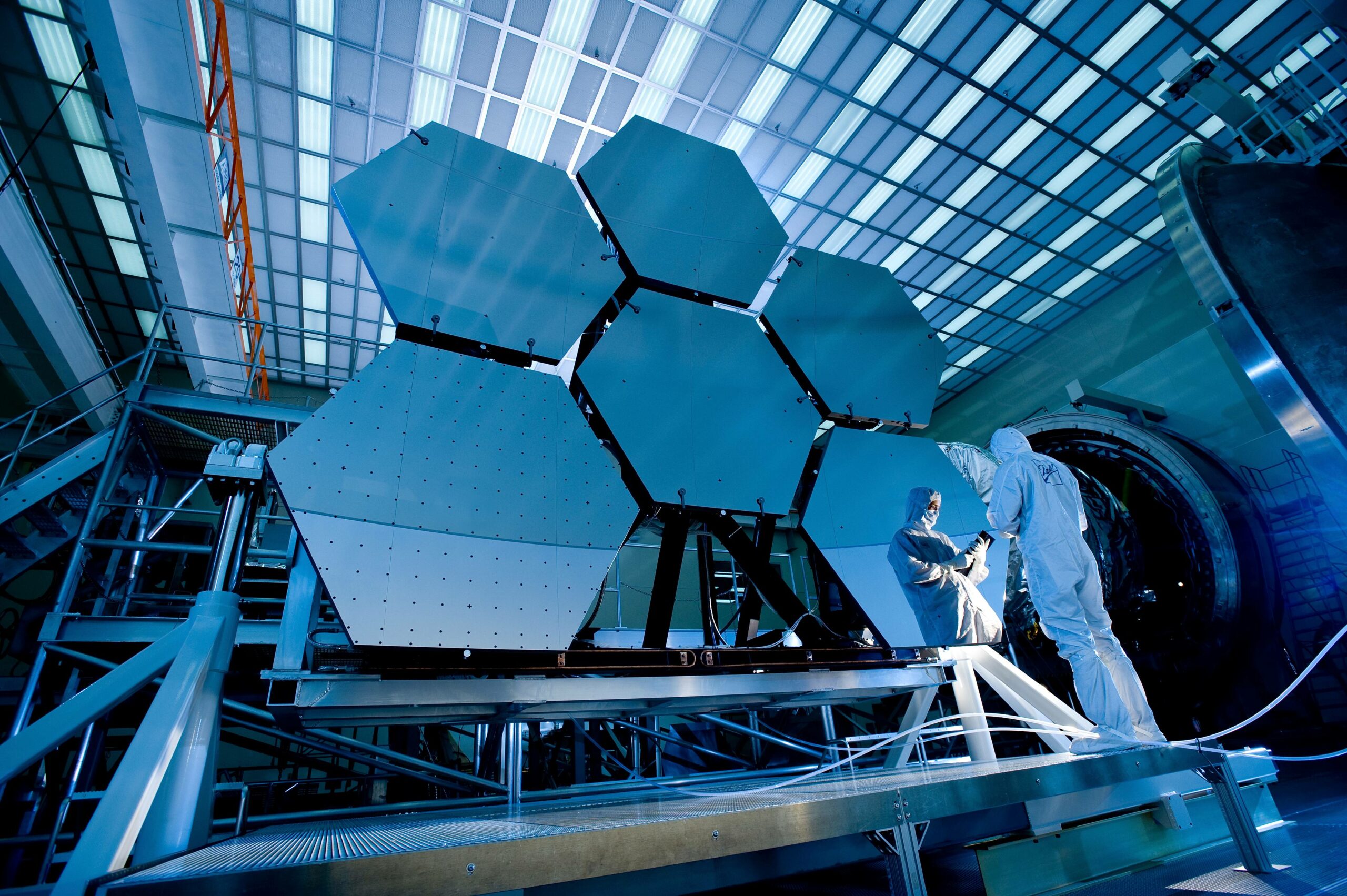Geoengineering refers to a set of proposed technologies to deliberately intervene in and alter Earth systems on a mega-scale. In a desperate, potentially catastrophic attempt to roll back some of the effects of climate change, geoengineering seeks to change the way the planet functions. To do this, techno-fixes would be deployed at a massive scale. Whatever impacts may emerge, now or in the future, cannot be reliably predicted or tested. The only way to find out what will happen is to carry out testing at scale, at which point it may be too late to turn back.

Who is Behind Geoengineering?
The biggest driver of the climate crisis is the fossil fuel Industry – big oil, coal and gas. This is the same industry cluster that has funded climate change denial for decades and fought every attempt to limit pollution. The fossil fuel industry is among the biggest funders of geoengineering. For big oil, geoengineering looks like a way to keep profiting while seeming to address the climate devastation it has caused. Some of the richest men on Earth, including Bill Gates and Jeff Bezos, are funding geoengineering.
Have we reflected long enough on the impacts of space mirrors?

Among the proposed schemes are:
Carbon Capture & Storage (CCS)
CCS seeks to extend fossil fuel extraction and consumption by storing carbon emissions underground. There is no certainty that they would stay there (see Carbon Capture). A variant on this is carbon capture, utilization (use) and storage (CCUS), in which carbon dioxide (CO2) is captured to make feedstock for manufacturing. The emissions become embedded in the products and would eventually be released when the products are incinerated or decompose. CCUS has gained considerable ground in recent energy legislation.
Ocean Iron Fertilization
This means dumping iron particles into large areas of the ocean to encourage plankton blooms that are supposed to increase the amount of CO2 absorbed by oceans. This runs the risk of causing harmful algal blooms, which would endanger human and marine animal health, while negatively impacting fisheries.
Solar Radiation Management (SRM)
SRM techniques are attempts to reflect sunlight back into space. There are a range of proposals, including installing banks of mirrors in Earth’s orbit; injecting sulfates into the stratosphere; and modifying clouds, plants or ice to make them reflect sunlight away from the Earth. Some of these concepts are gaining traction in corporate-funded climate conversations and are getting close to becoming real-world experiments. Once SRM has begun, stopping it could lead to termination shock, which would cause temperatures to rise rapidly to even higher levels than if nothing had been done. SRM does not reduce greenhouse gas levels, but temporarily masks the effect.

Here is a quick look at some of the SRM proposals:
Stratospheric Aerosol Injection (SAI)
SAI is based on shooting particles of sulfur dioxide, or other materials, into the stratosphere using fossil fuel-powered jet planes or other means, to mimic the effects of a volcanic eruption.
Bill Gates would like to marine cloud brighten everyone’s day, non-consensually
Microbubbles, Microbeads, Sea Foam & other Albedo-Altering Materials
Proponents of this approach want to spread bubbles, beads, or foam over water bodies and/or ice (such as in the Arctic) to whiten the surface, thereby increasing the albedo (reflectivity). Depending on the material used, these practices can have chemical polluting effects on the sea. These activities could also have destructive impacts on the subsistence life-ways of Indigenous communities in the Arctic. In addition to not addressing the real causes of climate disruption, dumping these materials into the oceans and other bodies of water could disrupt the light that is needed for ocean life and may reduce oxygen to the upper layers of the ocean, negatively affecting biodiversity.
"With geoengineering, we can make it rain whenever we want."
Marine Cloud Brightening (MCB)
In this technique, clouds would be pumped full of salt-water or bacteria to increase the volume of water vapor, which would make them whiter so they reflect more of the sun’s radiation away from the oceans and land. This could result in decreased precipitation in some parts of the world (the Amazon) and increased land run-off in other parts of the world (the tropics). Overall rainfall is likely to be reduced, which forces the question: Who decides who will get droughts and who will get floods? In addition, questions around how additional weather changes would exacerbate conflicts in a world where climate change is already making farming more difficult remain unaddressed. Like all SRM techniques, MCB does nothing to reduce greenhouse gas emissions, transition us to energy democracy or grapple with the root causes of climate change.
Brushing Aside Human Rights
SRM cannot honor the right to Free, Prior and Informed Consent (FPIC) of those that stand to be impacted, as enshrined in the United Nations Declaration on the Rights of Indigenous Peoples (UNDRIP) and broadly supported by other vulnerable communities, including peasants, Small Island Nations, and frontline communities in the global North and South. This is because every community and every person would be impacted by SRM. The huge scale and trans-boundary nature of SRM make FPIC impossible and governance unfeasible. And, because some countries, like the U.S., can choose to “go it alone” and move forward with geoengineering projects that would impact the entire planet, geoengineering is inherently undemocratic and uncontrollable. Because these schemes must be maintained for extremely long periods of time, with consequences that could manifest over generations, these proposals assume that existing governmental and economic structures will be stable for the next 100 years or more. This is a huge, dangerous and frankly absurd assumption.
“That’s no Earth... It’s big business turning the planet into a machine to mask the effects of their pollution!”

Frontline Communities Bear the Burden
The assumption behind SRM techniques is that we cannot, or will not, cut greenhouse gas emissions and end the environmental injustices they cause – from fossil fuel extraction to coal or gas-fired power plants, refineries, pipelines and mountaintop removal mining. Geoengineering promoters argue that they are preparing for a worst-case scenario. But frontline communities the world over are already in the worst-case scenario, in which industry and capital are more important than the right to clean air, clean water, healthy soil, human rights and justice.
Promoting Real Solutions or Preserving the Status Quo?
Geoengineers claim to be “true believers” in climate change, but appear more concerned with preserving the status quo and creating new markets for their technologies than promoting real solutions. The time, money, energy and political will expended on promoting dangerous and speculative geoengineering experiments are resources that would be better used for a just transition to energy democracy, a living regenerative economy and powerful community action.
We know what we need to do to tackle the climate crisis. We need a just transition towards a healthy, regenerative economy based on sustainable, renewable energy; agroecology; zero waste; ecosystems protection; Indigenous sovereignty; human rights; social equity; and keeping fossil fuels in the ground. The crisis and the urgency are real, but urgency does not justify false mechanisms like geoengineering. We do not have the time or resources to waste on deadly distractions! This applies to all the false solutions in this booklet, but with geoengineering there is the additional risk that reckless experimentation may yield horrific unintended consequences.
The promoters of geoengineering are trying to force dangerous experiments on communities around the world. For example, Indigenous Peoples in Alaska are under threat by an experiment on their lands that would cover sea ice with glass microbubbles to deflect sunlight, as part of the Arctic Ice project.[1] Similarly, fisherfolk in Chile have found the waters they depend on threatened by plans for an iron fertilization experiment by the company Oceaneos Environmental Solutions, Inc., which would supposedly stimulate phytoplankton growth to sequester CO2.[2] The ecological impacts of these types of experiments are little known and could have dire long-term consequences.
Geoengineering represents a potentially catastrophic threat to human rights and the environment, yet does nothing to address the root causes of climate change. In this sense, it is perhaps the ultimate false solution.
Climate Justice Alliance: climatejusticealliance.org
ETC Group: etcgroup.org
Geoengineering Monitor: geoengineeringmonitor.org
Indigenous Environmental Network: ienearth.org

[1] Geoengineering Monitor (2019, February 14). Arctic geoengineering experiment is dangerous, lacks community consent: Inupiaq organizer. https://geoengineeringmonitor.org/2019/02/arctic-geoengineering-experiment-is-dangerous-lacks-community-consent-inupiaq-organizer/
[2] Terram Foundation and the Millennium Institute of Oceanography (2020). Marine geoengineering: A great risk for Chile. https://terram.cl/descargar/documentos_en_alianza/Marine-Geoengineering-A-great-risk-for-Chile.pdf
